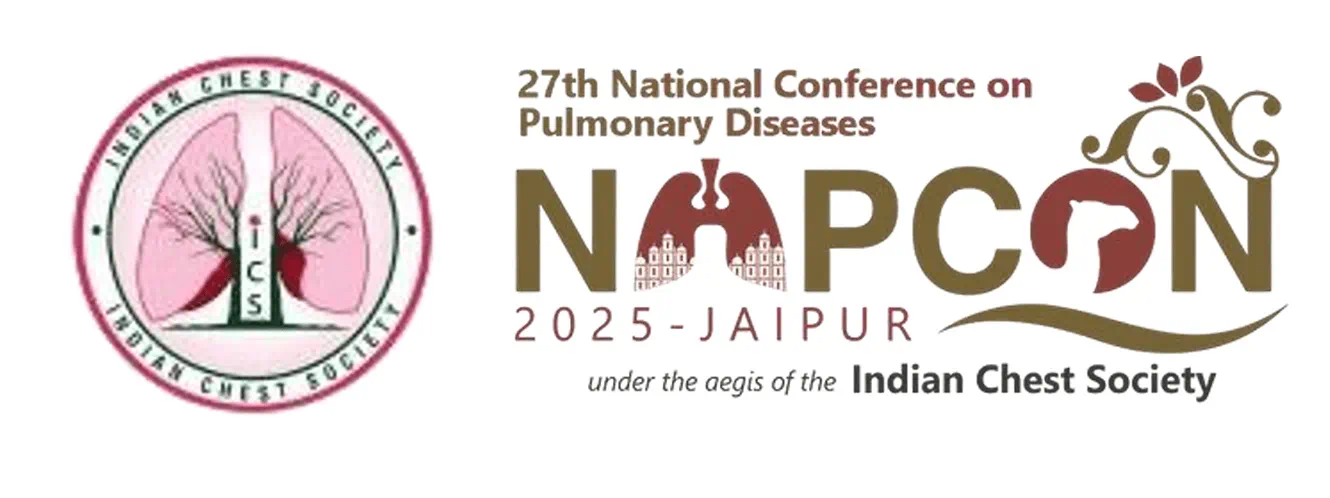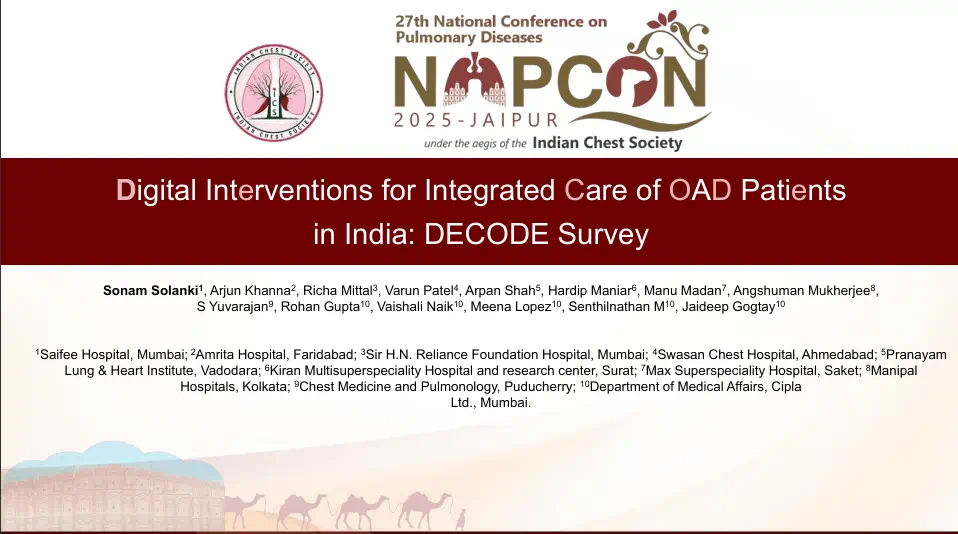MII-pH Testing Improves Clinical Outcomes in Children with GERD
7 Dec, 20
Introduction
Combined multichannel intraluminal impedance and pH (MII-pH) testing has exhibited a better diagnostic validity as compared with conventional pH monitoring in pediatric population. Nevertheless, there is very limited data that describes the impact of MII-pH testing on clinical management in pediatric population.
Aim
- To ascertain the role of combined MII-pH testing in clinical management of children with gastroesophageal reflux disease (GERD)
- To ascertain the impact of MII-PH testing on patients’ quality of life (QOL) outcomes using validated symptom and QOL questionnaires.
Patient Profile
- Pediatric patients (age <18 years) referred to the Sydney Children’s Hospital for MII-pH testing (n=45)
- Patients were classified by acid suppression therapy (AST) status (on AST and off AST)
Methods
Study Design
- Prospective study
Assessments
- Validated questionnaires namely; “Pediatric Gastroesophageal Symptom Questionnaire” (PGSQ), and “Quality of Life (QOL) Questionnaire” and Infant Gastroesophageal Reflux Questionnaire Revised (I-GERQ-R) were administered at baseline (at the time of MII-pH testing), and 4 weeks following treatment changes
- MII-pH testing was categorized as abnormal when patient had one or more of the following criteria:
- Abnormal acid reflux index (ARI); defined as, an ARI ≥10% in patients aged <1 year or an ARI ≥5% in patients aged ≥1 year.
- Abnormal number of retrograde bolus movement (RBM); defined as >100 RBM episodes in patients aged <1 year or >70 RBM episodes in patients aged ≥1 year
- Hypersensitive esophagus (HE); defined as, normal ARI and RBM but positive symptoms index (≥50%) and/or symptom association probability (≥95%)
Outcomes
- Health and QOL outcomes
Results
- The mean age of the study population was 6.6 years. Of the 45 patients, 10 were less than 1 year old. Of the entire study population, 53.3% (n=24) were off AST and 46.7% (n=21) were on AST.
- Abnormal MII-pH testing results were observed in 73.3% (n=33) patients. Of these, 22.2% (n=10) had abnormal ARI, 4.4% (n=2) had abnormal number of RBM, and 46.7% (n=21) had HE.
- MII-pH testing resulted in medication changes in 66.7% (n=30) patients. This included 15/24 (62.5%) in those off AST and 15/21 (71.4%) in those on AST. Treatment changes were significantly more frequent in patients with abnormal MII-pH rather than those with normal MII-pH results (relative risk=2.25; 95% confidence interval; P=0.001).
- As per the PGSQ and QOL questionnaires, amongst patients aged 9-17 years, treatment change was associated with significant improvement in “total symptoms”, “heartburn”, “regurgitation”, “extraesophageal”, “total impact” and “school”, with “total impacts” and “total symptoms” having the greatest difference before and after MII-pH testing. Similar to this, amongst patients aged 2-8 years, ‘‘total symptoms’’ and “total impacts” exhibited the greatest difference before and after MII-pH testing, when treatment changes were made.
- Overall, more than 98% of patients who underwent treatment changes exhibited a significant improvement in both symptoms and QOL scores.
Conclusions
- Our study is one of the first pediatric studies that clinically validated the MII-pH testing in the pediatric population referred for suspected GERD, and ascertained its ability in guiding clinical management.
- Treatment decisions guided by and based on results of MII-pH testing resulted in a significant improvement in symptoms and QOL in infants and children with GERD.
J Pediatr Gastroenterol Nutr. 2020;71: 596–603.
Related Topics









